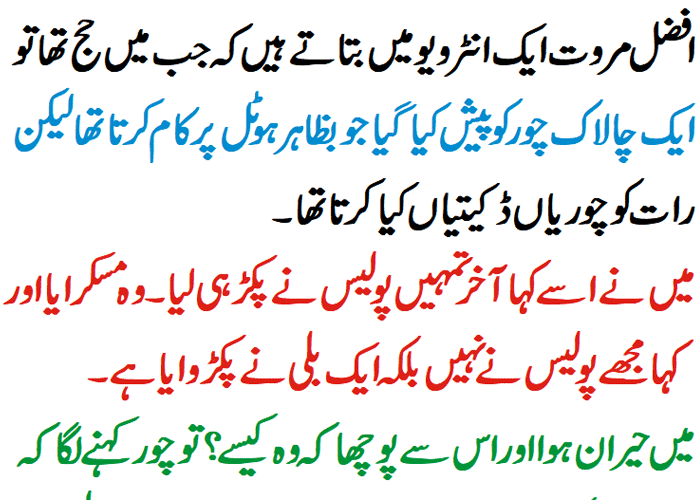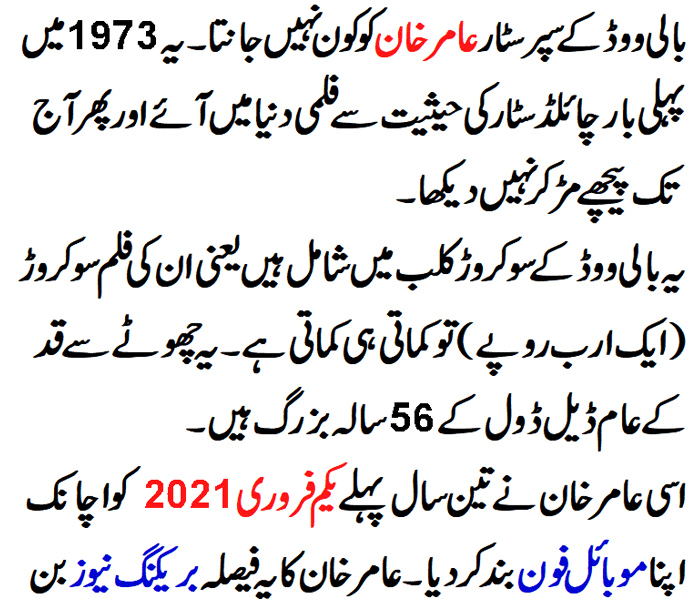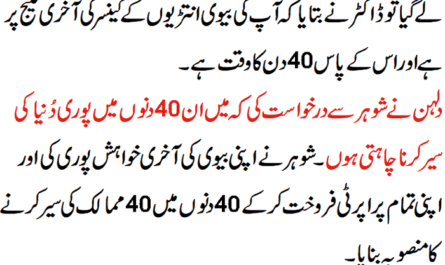1. Understanding Blackheads: Causes and Characteristics
Blackheads are small bumps that appear on the skin due to clogged hair follicles. They are classified as a type of mild acne and typically form on areas of the skin that produce more oil, such as the nose, chin, forehead, and back. Unlike whiteheads, which are closed pores, blackheads are open pores filled with dead skin cells and excess sebum (oil). The black color is caused by oxidation of the oil once it’s exposed to air, not dirt as commonly believed.
Causes of Blackheads:
Several factors contribute to the development of blackheads, including:
- Excess Oil Production: Individuals with oily skin are more prone to blackheads due to the overproduction of sebum.
- Hormonal Changes: Hormonal fluctuations, particularly during puberty, menstruation, pregnancy, or from using certain medications, can increase oil production.
- Poor Skincare Habits: Inadequate cleansing, using comedogenic products (products that clog pores), or failing to exfoliate can lead to blackhead formation.
- Diet: A high-glycemic diet rich in sugars and unhealthy fats may exacerbate acne and blackheads.
- Environmental Factors: Exposure to pollution, dirt, and grime can worsen the clogging of pores.
Understanding these causes can help in selecting the right strategies to tackle blackheads effectively.
2. Quick-Fix Solutions for Removing Blackheads


While a long-term skincare routine is essential for preventing blackheads, there are quick fixes that can help you remove blackheads instantly. Here are some at-home remedies you can try:
1. Pore Strips
Pore strips are adhesive strips that help remove blackheads by sticking to the surface of the skin and pulling out the blackheads when removed. They provide immediate results, especially for blackheads on the nose. However, they only address surface-level blackheads and do not prevent future clogging.
- How to Use: Apply the strip to wet skin, press it down firmly, and leave it on for the time specified (usually 10-15 minutes). Gently pull off the strip once it’s dry, and you’ll notice the blackheads sticking to the adhesive.
2. Blackhead Extraction Tools
Blackhead extraction tools, such as comedone extractors, can safely and effectively remove blackheads without damaging the surrounding skin. These tools work by applying gentle pressure around the clogged pore to push the blackhead out.
- How to Use: Sterilize the extractor before and after use. Place the loop end of the tool over the blackhead and press gently. If the blackhead doesn’t come out easily, avoid excessive force to prevent scarring.
3. Charcoal Masks
Charcoal masks, especially peel-off versions, are designed to draw out impurities from deep within the pores. Charcoal is known for its ability to absorb toxins and oils from the skin, making it a popular ingredient in blackhead treatments.
- How to Use: Apply a thin layer of the mask to your skin, let it dry completely, and then peel it off. These masks can remove surface blackheads and leave the skin feeling refreshed.
These methods offer fast results, but they work best when incorporated into a comprehensive skincare routine to prevent new blackheads from forming.
3. The Best Cleansers for Blackhead-Prone Skin
Cleansing is one of the most crucial steps in preventing blackheads. A good cleanser removes dirt, oil, and dead skin cells that can clog pores and lead to blackheads.
Key Ingredients to Look For:
- Salicylic Acid: This beta-hydroxy acid penetrates deep into the pores, dissolving excess oil and dead skin cells. It is one of the most effective ingredients for preventing and treating blackheads.
- Charcoal: As mentioned earlier, charcoal absorbs oil and impurities from the skin, making it a powerful tool in blackhead prevention.
- Tea Tree Oil: Known for its antibacterial properties, tea tree oil helps to reduce acne-causing bacteria and control excess oil production.
Recommended Cleansers:
- Cleansers with Salicylic Acid: These are perfect for daily use and help keep pores clear of oil and debris.
- Gentle Foaming Cleansers: Ideal for those with sensitive skin, foaming cleansers remove oil and dirt without causing irritation.
- Charcoal-Based Cleansers: Use 2-3 times per week to deeply cleanse the skin and prevent blackhead formation.
Proper cleansing is essential, but it’s equally important to avoid over-cleansing, which can strip the skin of its natural oils and lead to increased oil production.
4. Exfoliating to Prevent Blackheads
Exfoliation removes the buildup of dead skin cells that can clog pores and contribute to blackheads. However, exfoliating too aggressively can irritate the skin and worsen blackheads. It’s essential to choose the right exfoliant for your skin type and use it in moderation.
Types of Exfoliants:
- Physical Exfoliants: These contain small particles or granules (such as sugar or ground oatmeal) that manually scrub away dead skin cells. While effective, they can be too harsh for sensitive or acne-prone skin if used excessively.
- Chemical Exfoliants: These contain ingredients like alpha hydroxy acids (AHAs) or beta hydroxy acids (BHAs), which dissolve dead skin cells and oil without the need for scrubbing. Salicylic acid is a BHA that works particularly well for blackhead-prone skin.
How Often to Exfoliate:
For most people with blackheads, exfoliating 2-3 times a week is sufficient. This helps keep the pores clear without causing irritation.
5. DIY Natural Remedies for Blackheads
Many natural ingredients found in your kitchen can help remove blackheads quickly. Here are some effective DIY remedies:
1. Baking Soda Scrub
Baking soda is a natural exfoliant that helps remove dead skin cells and unclog pores.
- How to Use: Mix a tablespoon of baking soda with a few drops of water to form a paste. Gently massage the paste onto your skin for 1-2 minutes, then rinse with warm water. Use this remedy once or twice a week.
2. **Honey and Lemon




